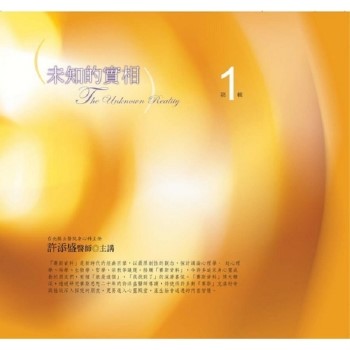The period since the mid-1990s is distinguished by radical change in the housing sector in Ireland. During this time, house prices rose at an unprecedented rate. Between 1993 and 2003 the average price of a new house in the State increased by 220 percent. Private rents also grew and waiting lists for social housing lengthened. At the same time, new house building increased rapidly to one of the highest rates in the European Union. This development transformed city centres and suburbs, and also provincial towns and the countryside, which saw unprecedented construction of holiday homes and estates for commuters working in urban areas.
This book, the first comprehensive review of housing in Ireland for many years, introduces, in an accessible manner, the key housing developments since the foundation of the State and also reports on the findings of the latest research on the transformation of the sector in the past decade. The issues examined here include:
-the impact of the house price boom on wealth and affordability
-the urban renewal schemes and private rented housing
-the management of social housing
-the accommodation of Travellers and homeless people
-rural housing policy and politics
During the past decade, Ireland’s economic growth has attracted international attention. This book analyses the consequences of that growth on housing and serves as a primer to other countries on the complexities of delivering sustainable housing solutions in the face of economic success.
As such, this book will be of interest to students, practitioners and policy-makers involved in the housing field worldwide and to anyone who wishes to learn more about the causes and effects of Ireland’s recent housing boom.











